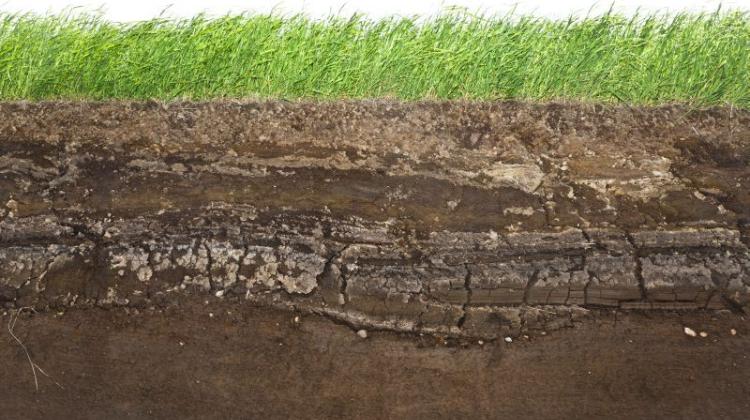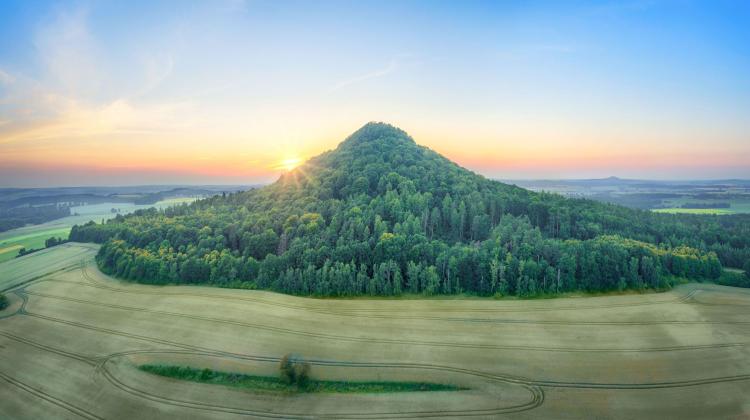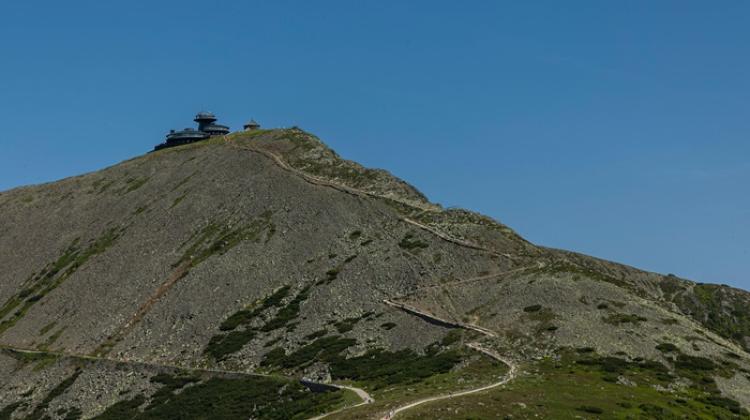Polish Mining Group mines are research sites of largest Earth sciences research project EPOS-PL
 Credit: Fotolia
Credit: Fotolia
Polish Mining Group facilities: Piast-Ziemowit mine, mining plant Bielszowice in the mine Ruda and mining plant Rydultowy in the mine ROW are research sites in Europe's largest geological project - the European Plate Observing System EPOS-PL.
EPOS (European Plate Observing System) is the largest international project in the field of Earth sciences research infrastructure, including seismological and geodetic networks as well as satellite and gravimetric observations.
The participants in the Polish part of the project, whose sole industrial partner is the Polish Mining Group, are the Central Mining Institute in Katowice, Institute of Geophysics of the Polish Academy of Sciences, Academic Computer Centre CYFRONET AGH in Kraków, Institute of Geological Sciences PAS, Wrocław University of Environmental and Life Sciences, Space Research Centre PAS, Institute of Geodesy and Cartography, Institute of Environmental Engineering PAS and the Military University of Technology.
The international project EPOS is carried out by scientists from many countries. Poland has been participating since 2010. Polish infrastructure built as part of the project is closely linked to the activities in other countries.
By 2040, EPOS is expected to integrate distributed Earth science research infrastructure in the European Research Area. The result will be the dissemination and optimisation of the results of European research in this area.
Director of the Institute of Geophysics PAS, Professor Beata Orlecka-Sikora, said: “The project EPOS-EN is closely associated with the largest Earth science project in Europe. It integrates data, laboratories, software, computer systems and high-power computing so that we - as scientists - can conduct interdisciplinary research on processes in the Earth. It is a very complicated organism, built with thousands of elements distributed across Europe and beyond. The success of EPOS depends on the quality of the national research infrastructure.”
The part of the project of particular importance for the country's largest coal producer is related to induced, anthropogenic seismicity. It includes monitoring and predicting mining tremors and their dangerous consequences - rock bursts.
The project participants, in collaboration with the Polish Mining Group, are building complex infrastructure for integrated observation of geodynamic processes in the mining and post-mining areas in the Upper Silesian Coal Basin. The coordinator of this task is the Central Mining Institute in Katowice, where the Local Data Centre of the Upper Silesian Geophysical Observation System was established.
The monitoring mining infrastructure is located in the specialist measurement research sites, designed for both continuous monitoring and periodic measurements. This enables comprehensive observation to document the links between the test area geodynamics and underground coal exploitation. The results allow researchers and mining practitioners to better understand phenomena such as induced seismicity, changes in subsurface water levels and terrain deformation.
The facilities used for continuous measurements include the infrastructure of the Upper Silesian Regional Seismological Network, seismometric surface stations, rotational and translational vibration measurement stations, local underground networks of seismological observation SOS, stress observation system SOS Stress, GNSS surface displacement measurement stations, as well as gravity measurements with of G-Phone gravimeters, monitoring the development of cracks in buildings, inSAR satellite images of the Earth surface deformation and drone 3D imaging.
Processed monitoring data are transferred to a special platform, thus imaging the whole process of observation of anthropogenic hazards associated with underground coal exploitation in the Upper Silesian basin.
Huge amounts of readings from mines are sent to the local centre in the Central Mining Institute in Katowice where approx. 25 TB of monitoring data have been collected on disk arrays with a capacity of 210 TB. This creates a virtual laboratory of anthropogenic processes in the Upper Silesian Coal Basin. After appropriate adaptation and processing, the data from the local centre are sent to the induced seismicity centre of the Institute of Geophysics PAS, and then to the international platform IS EPOS. (PAP)
author: Marek Błoński
mab/ mmu/ kap/
tr. RL
Przed dodaniem komentarza prosimy o zapoznanie z Regulaminem forum serwisu Nauka w Polsce.

















